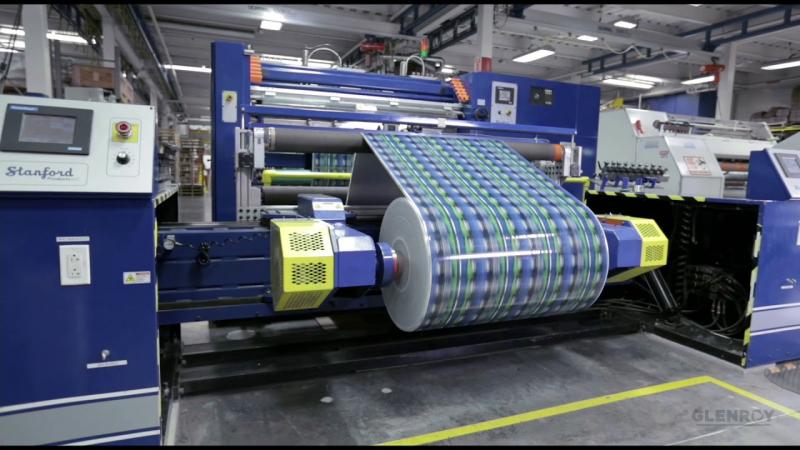Water-Based Adhesives
Water-based adhesives are the most commonly used lamination adhesives for flexible packaging due to their low cost and eco-friendly nature. They contain water as the primary carrier or dispersing agent along with other components.
Hot-Melt Adhesives
Hot-melt adhesives have become popular for flexible packaging lamination as they are easy to apply at high speeds and also have lower curing temperatures compared to solvent-based adhesives. They are solids that are heated and applied as liquids before bonding.
Solvent-Based Adhesives
Solvent-based adhesives have high adhesion strength but contain volatile organic compounds (VOCs) that are hazardous air pollutants. They use organic solvents like ethanol, methanol, toluene etc. to dissolve adhesive components.
Types of Water-based Adhesives
Within water-based adhesives, the following are commonly used in flexible packaging:
Acrylic Adhesives: They have good adhesion to non-porous substrates like plastic films and foils. They are widely used in packaging of food, personal care and pharmaceutical products.
Vinyl Acetate Adhesives: They have high adhesive strength even at low application temperatures. They can be used for high-speed lamination in packaging of snack foods, frozen foods etc.
Evoh Barrier Adhesives: Comprising ethylene-vinyl alcohol (EVOH) polymers, they provide good oxygen and moisture barrier properties. They are used in laminates for packaging of meat, cheese and snacks.
Rubber Latex Adhesives: Lamination Adhesives For Flexible Packaging Manufactured from synthetic or natural rubber, they bond well to materials like paper and provide elasticity. Used in packaging of diapers, tissues, liquid cartons.
Properties of Lamination Adhesives
The ideal lamination adhesive for flexible packaging should possess the following properties:
- High bond strength for reliable seals.
- Appropriate open time for manipulation of laminate before final bonding.
- Heat resistance - Ability to withstand heat sealing temperatures.
- Barrier properties to provide product protection.
- Resistance to moisture, solvents, acids and bases in the package contents.
- Compliance with food packaging regulations regarding usage, migration and residues.
- Ease of application at high speeds on packaging lines.
- Curing at moderate temperature ranges to avoid damage to heat-sensitive substrates.
- Cost-effectiveness for the packaging application and end-use.
Common Applications of Lamination Adhesives
Some major applications of lamination adhesives in flexible packaging include:
Pouch Packaging: They are used to bond layers of plastic films, paper and aluminum foils in stand-up pouches, flat pouches and spouted pouches for snacks, coffee, pet food etc.
Lidding Films: Adhesives laminate the lidding films to trays, tubs, cups etc. for packaging of ready meals, yogurt, margarine and other food products.
Sachets: Very thin adhesive laminates are employed for manufacturing sachets of ketchup, mustard, sauces and oral rehydration sachets.
Bags and Wraps: Adhesives laminate plastic films, paper or cast polypropylene layers used in, shopping bags, trash bags, carryout bags and other flexible packaging applications
Get more insights on Lamination Adhesives For Flexible Packaging
